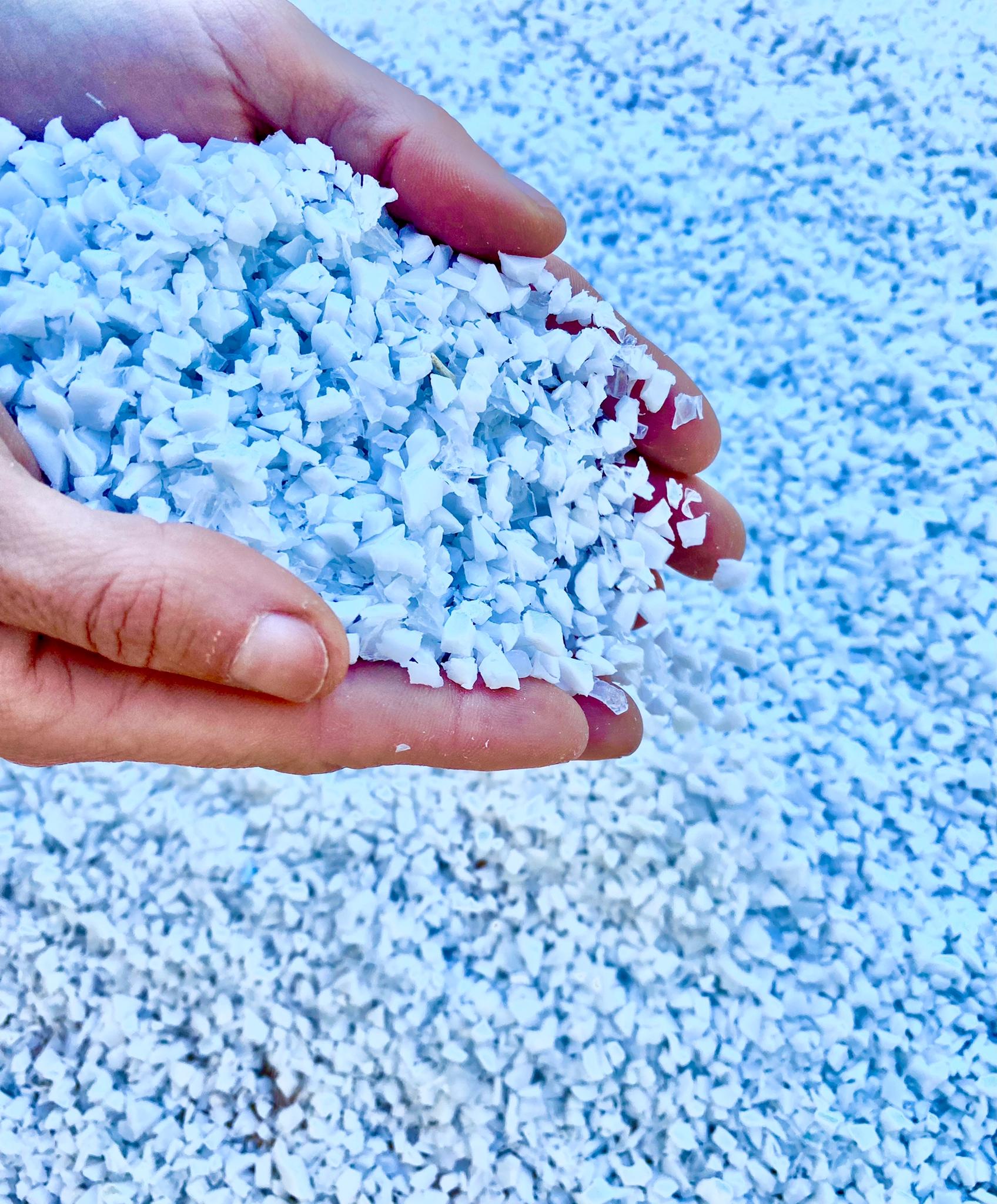Myths and rumors about PET

- PET does not contain bisphenol-A or any other type of bisphenols.
They are not used in the manufacturing of PET containers. The confusion comes form the believe that PET and polycarbonate are the same thing.
- PET is phthalates free.
They are not used in the manufacturing of PET containers. The phthalates are additives used as plasticizers in the polyvinyle chloride manufacturing (also known as PVC).
- Antimony in PET containers.
If the antimony trioxide which proceeds from the catalyst used in the manufacturing of the polymer PET wants to migrate over the limit of Specific Migration determined by the European Directive, the container should be kept to 60 degrees Celsius and during periods of 60 days. Since in these circumstances the container would be unusable, this case would not occur. No samples breaking the law, whose origin of the migration is the container, have been found so far and not even in the latest researches. These reasonings have been backed both by the agencies listed in this section, which have ratified these conclusions and by the studies we have been referring to.
- Dioxins in PET containers when cooling in a freezer or when heating in a car.
The plastic bottles used for mineral water do not release dioxins when they are in a fridge or in a micro wave oven or because of the sun exposure in vehicles. For the dioxins formation, a process of combustion and the presence of chlorine is requested.
- PET containers suitable for their use in micro wave ovens.
There is a type of PET material suitable for micro wave ovens. The PET for containers to be used in micro wave ovens are the C-PET, special for this use and whose characteristic is printed on the label or on the container with the following symbol.
- PET is 100% recyclable.
PET is 100% recyclable with the same conditions than other alternative materials, with the option of being recyclable through different procedures: mechanical recycling, chemical recycling, pyrolysis among others. It can be recycled as many times as necessary and has more options because it can be used as a source of energy.
- Can PET containers be refilled and reused?
PET containers are reusable both at an industrial and domestic level. To reuse a container it is essential to guarantee its cleaning and sterilization, since a clean container might not be sterile. In any case, when you are not aware of the steps to follow to clean any kind of container for its subsequent re-use, it would be advisable to discard the container without considering the material with which it has been manufactured. The problem is to know the way you clean and sterilize it.
With all the above we can say that PET meets the legal requirements established by the national and international regulations and for this reason its use is authorized all over the world. It is a material authorized by the EFSA, the highest European authority regarding the food security, to be used in the manufacturing of containers suitable for food contact, term assumed by AECOSAN (Spanish agency of consumption, food safety and nutrition). The American FDA has agreed with it, unconditionally authorizing PET.
Source: https://www.anep-pet.com/